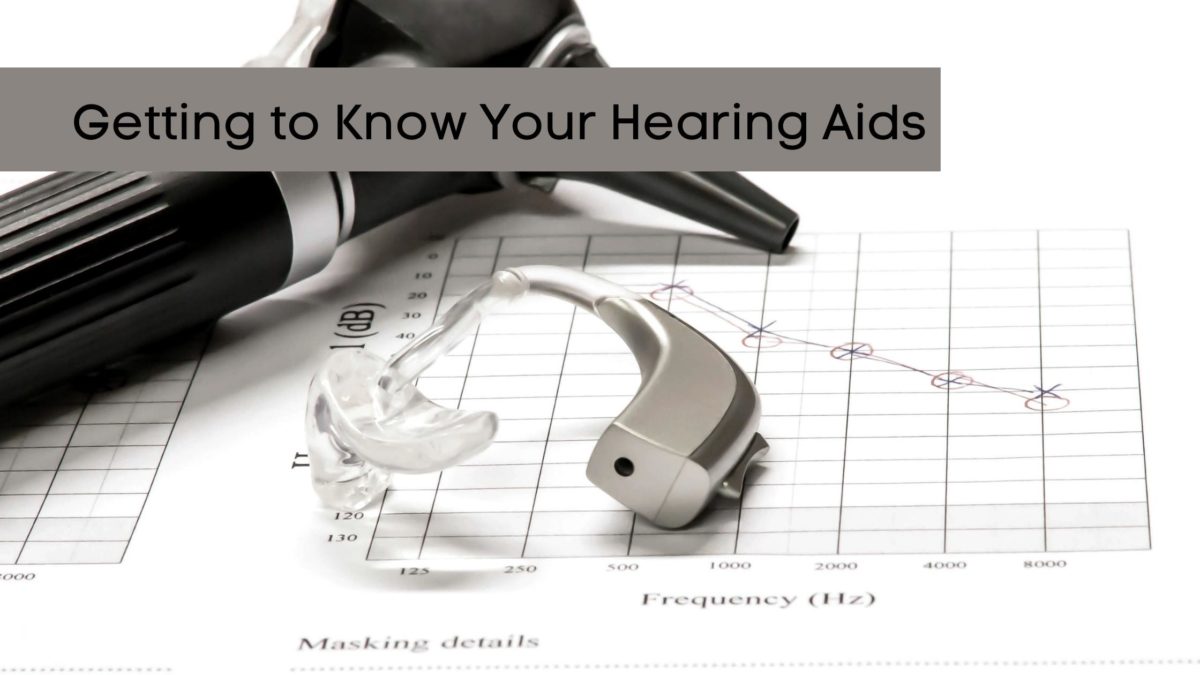- Tips for Using Hearing Aids in Different Environments - May 27, 2025
- Rechargeable Hearing Aids vs. Battery-operated Hearing Aids - May 16, 2025
- How to Effectively Communicate with Someone with Hearing Loss - May 7, 2025
Today there are more options for hearing devices than there have ever been. But just as there aren’t a pair of eyeglasses that would suit all faces, there isn’t a type of hearing aid suitable for all. It might seem at first a bit overwhelming to decide which type of hearing aid is best for your lifestyle and hearing needs. To help you decide, we’ve created this guide to the hearing aid styles we offer.
Types of hearing aids
Behind the ear (BTE)
Behind-the-Ear, all hearing aid parts are in a small plastic case behind your ear. A string of clear tubing connects the case to an earmold. It is suitable for children and adults alike.
BTEs are usually more comfortable than other types, can accommodate hearing losses from mild to severe, and come in many color options to enhance their appearance.
Receiver in the ear (RITE)
This style has two parts: the sound processor and the receiver. The sound processor is cased in housing placed just behind your ear. A cable inside a clear tube is connected to a small earbud that holds the receiver. This fits directly into your ear canal.
RITE hearing aids are easy on the eyes because the tube connecting to the ear is slim, and the earbud is often placed deep enough so few people can see it when you are wearing it. Users like them for their lack of a ‘plugged up’ feeling when wearing them. By allowing sounds to escape the ear canal, they also reduce the sound of the wearer’s voice in their head.
In the ear (ITE)
There are two styles of ITE hearing aids — the first is designed to fill the bowl-shaped area of your outer ear (called the entire shell), and the second fill the bottom part of your outer ear (called the half shell). Either one is suitable for those with mild to severe hearing loss.
ITE hearing aids include features that don’t fit on smaller hearing aids, such as volume control. They are also easier to handle than smaller styles and can house a larger battery, leading to longer battery life. However, the style may pick up more wind noise than smaller devices, and it is a little less discreet than the CIC and IIC styles.
In the canal (ITC)
Fitted in the lower part of your outer ear, the ITC style of hearing aid is comfortable, easy to insert and remove, and much easier to handle than smaller styles. Due to their slightly larger battery life than CIC models, they are suitable for mild, moderate, and severe hearing losses.
They are slightly more challenging to use than larger models and not recommended for those with really severe hearing loss.
Completely in the canal (CIC) / Invisible in the canal (IIC)
The most petite and discreet hearing aids available are the IIC and CIC styles. As described, IIC styles are almost invisible. They have to be pulled off by a string because they are usually placed deep into the ear canal. CICs are very similar but don’t just sit so deep inside the ears.
These styles are usually suitable for people with moderate or mild hearing loss. They don’t typically come with manual controls such as volume wheels or program buttons because of their small size. But their sound quality is excellent, and they are much less susceptible to wind noise than larger models.
Types of technology found in the hearing aids we provide
Digital hearing aids
All of our devices are digital hearing aids. These turn sound waves into digital signals to produce accurate sound replication. Digital hearing aids’ computer chips analyze speech and other sounds around, enabling more complex sound processing. They are also more effective in certain conditions with background noise.
Bluetooth technology
Previously, to listen to music as a hearing aid wearer, you would have had to remove your hearing aids and put on pair of earbuds. But the wireless Bluetooth technology in many of our hearing aids has made it possible to connect with your smartphone or TV and stream audio directly to hearing aids wirelessly, without any cables.
Rechargeable technology
For many hearing aid wearers, buying and replacing batteries is unavoidable in using hearing aids. But rechargeable batteries are becoming more widespread. They provide several benefits to the people who use them. They are eco-friendlier, more convenient, and much more predictable than standard batteries.
If you’re looking for more information about hearing aids, give us a call today and schedule a consultation!

